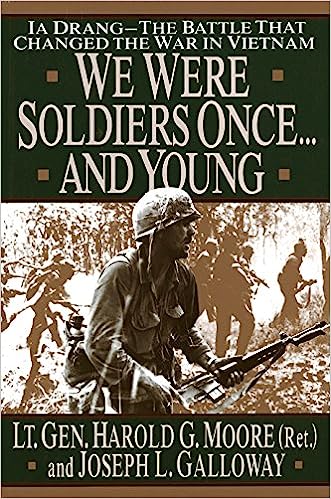Bayes' Theorem
Reverend Thomas Bayes discovered a method of modifying the probability we acsribe to a given proposition in light of further evidence, now known as Bayes' Theorem or Bayes Law. One of the most popular illustrations of Bayes' Theorem is the Monty Hall problem, based on the game show Let's Make a Deal. For an introductory statistics class, I recreated the Monty Hall problem using cups and M&Ms. I uploaded the psuedo-paper I created for extra credit. This is a pretty good introduction to the subject, if you are interested.
Bayes' Theorem can be hard to grasp practically, but it frequently affects us. Another common example of the application of Bayes' Theorem is the false positive problem. For example, if we were to think about drug testing for employment, a typical test might be 99% accurate, surely a desirable feature. Let us then propose that in reality, out of a thousand applicants, only 10 have in fact recently taken any illicit substances. What would the test results be?
Based on the numbers, 990 drug-free applicants, we would expect .99*990=980 to be exonerated. Of the druggies, .99*10=10. Got em all. However, what about the other 10? We would expect 10 people to have a false positive, so in this completely fabricated example, if an applicant tested positive on a drug test, that person only has a 50% chance of actually having done drugs. Isn't math great?

Comments ()